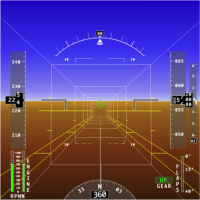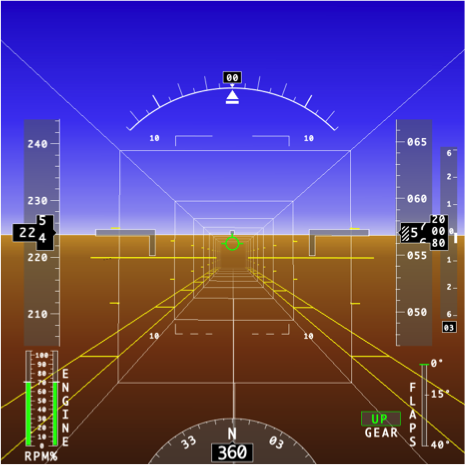Linking low-level controls and the high order system goals.
One of the most difficult aspects of manually controlled flight is the coupling between the control over the aircraft speed and altitude. These states cannot be changed independent of each other through the aircraft control devices, the elevator and the throttle. Rather, to effectively change an aircraft’s speed and altitude, the controls have to be coordinated. The mediating mechanism that underlies the coordination of the controls is the management of the aircraft’s energy state. This research project shows that the abstraction hierarchy (AH;Rasmussen, 1986) framework can be effectively used to gain more insight into the underlying structure of the aircraft energy management problem. The derived AH representation is based on the analysis of the energy constraints on the control task. It reveals the levels of abstraction necessary to link the aircraft’s physical controls to the speed and altitude goals and also how the aircraft energy is a critical mediating state of the control problem. Energy awareness can be increased by presenting explicit energy management information. The powerful and novel concepts of the Total Energy Reference Profile (TERP) and energy angle have been introduced applied in the context of a perspective flight-path display. The resulting display presents energy management information fully integrated with the tunnel-in-the-sky display and reveals 5 new and important energy cues, linking the controls and the goals.


